During the colonial craze in the seventeenth century, the Portuguese sailed to India desiring a slice of the rich pie. They had their Man o’ War ships in which they sailed along every coast, terrorizing costal cities and plundering them. Capturing Goa gave them immense self-confidence and they sailed along the coast till they came to Odisha in the Bay of Bengal.

For reasons they could not fathom, all the compasses went awry swinging wildly as if possessed. As this occurrence was centered within a specific radius, they looked inland for the cause. A tall structure that the ‘natives’ had built dominated the landscape. It was the sky-piercing shikara of the Sun temple in Konark. This structure seemed to have a demonic effect on navigation. The captain ordered the destruction of the steeple. The 270 foot vimanam built around 1240 CE was thus lost forever; the glorious temple lay ruined. Even today, the pillars and the girders that supported the temple lay strewn around in a pointless existence.
Why did this steeple cause their compasses to behave in this crazy manner? How did the people of the land react when their beloved temple was shattered? Who was ruling the land at that time?
The main deity of Konark, Surya, was magically suspended between the powerful iron beams making it an engineering marvel as well as a spectacular vision. It was believed to be a marvel of magnetism. The placement of a 52 ton magnet below the shikara and an equally strong magnet at the bottom with iron girders after every two slabs of stone made it possible for the gigantic Surya to appear suspended.
In my mind’s eye, I saw the massive temple doors open to the first rays of the sun falling on Surya accompanied by resounding Vedic chants and pealing bells. It would have been like vishvaroopa darshanam leaving the devotee mesmerized. It seemed to represent the universe with the sun in space. It took an advanced knowledge of astronomy, architecture and construction, not to mention sculpture, metallurgy and physics, something unimaginable in the world during the thirteenth century, to build the Konark temple. It stands to reason that this very same magnet led the navigating compasses askew and made the mindless destruction a necessity for the ignorant and mercenary sailors.
Bu hikaye The Vedanta Kesari dergisinin July 2018 sayısından alınmıştır.
Start your 7-day Magzter GOLD free trial to access thousands of curated premium stories, and 9,000+ magazines and newspapers.
Already a subscriber ? Giriş Yap
Bu hikaye The Vedanta Kesari dergisinin July 2018 sayısından alınmıştır.
Start your 7-day Magzter GOLD free trial to access thousands of curated premium stories, and 9,000+ magazines and newspapers.
Already a subscriber? Giriş Yap
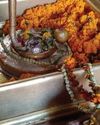
Panchakroshi Parikrama of Varanasi
At the snow-capped Kailas, the Divine Lord Shiva was seated with Mother Parvati.
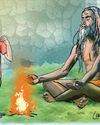
Gadai and the Monks
A fictional narrative based on incidents from the childhood of Sri Ramakrishna.
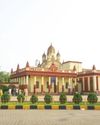
Chintayo momo maanosho Hori...
Sri Ramakrishna loved songs. There probably was no normal day when he did not sing some songs.
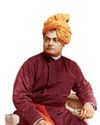
The Vedanta Vaccine
The world is still struggling under the impact of the pandemic due to Covid-19 for the last three years.

Chandrakirti's Chariot: Self in Madhyamaka Buddhism and Advaita Vedanta
The goal in Advaita Vedanta is the cessation of suffering and the attainment of true fulfillment. Suffering, according to this school, is due to ignorance of the true nature of the self and consequent erroneous identification with the body-mind.
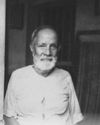
Reminiscences of Sargachhi
Question: यद्यदाचरतत श्रेष्ठसतत्तदरेवरेतरो जनिः। ‘Whatever a superior person does, others do the same thing!’ (Gita 3:21) – What does this statement mean?
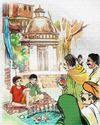
THE AUTUMN FESTIVAL
A fictional narrative based on incidents from the childhood of Sri Ramakrishna.

Bards of Guruvayur: Vilwamangalam II
Saints of India
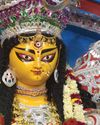
In the Universal Mother’s Divine Playground
Swami Vivekananda never taught the worship of Mother Kali. In a letter to Mary Hale he writes, “Kali worship is not a necessary step in any religion.
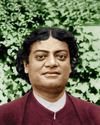
Swami Vivekananda: A Sportsman Par Excellence
In various books and articles, Swami Vivekananda has been called a spiritual leader, a prophet, a patriot, a social reformer, a philosopher, a yogi, a writer, an orator, an educationist, a musician, and so on.